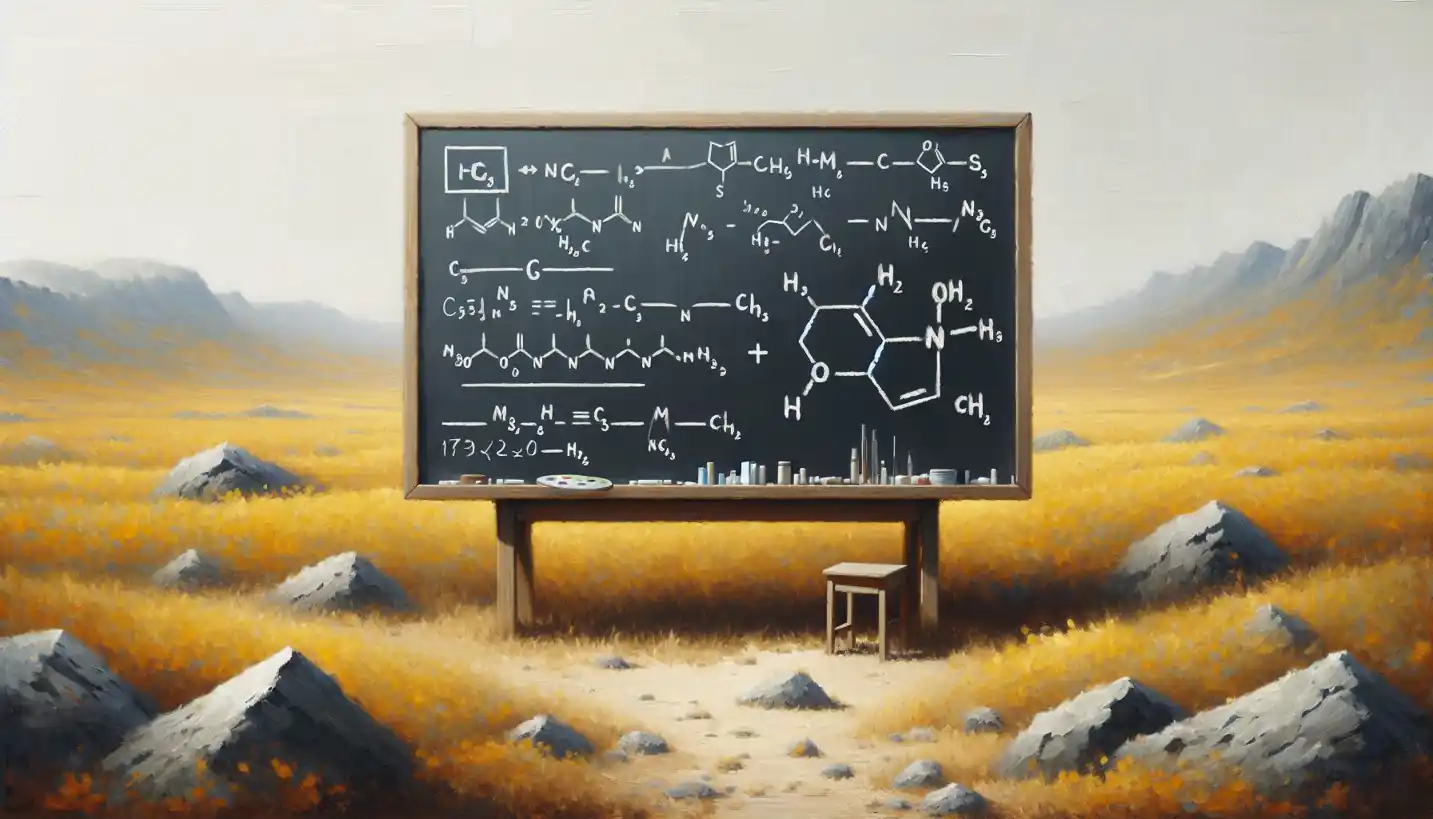· Chemistry · 4 min read
Gaussian Functions: A Peek into Computational Chemistry
Gaussian Functions are key to computational chemistry for representing electron clouds. Discover how they assist in modeling molecular systems.

Let’s dive into the fascinating world of computational chemistry by exploring Gaussian functions. These mathematical tools help chemists simulate and understand the behavior of molecules, providing insights into chemical reactions, molecular structures, and more.
What Are Gaussian Functions?
In simple terms, Gaussian functions are a type of mathematical curve that looks like a bell. You may have seen similar shapes in statistics—the bell curve of a normal distribution. In computational chemistry, Gaussian functions are used to describe atomic orbitals, which are the regions around an atom where electrons are likely found.
Why Gaussian?
So, why use Gaussian functions instead of other kinds of curves? The main answer lies in their simplicity and efficiency. Unlike other potential shapes, Gaussian functions make the complex equations of quantum chemistry much more manageable. This efficiency is crucial when dealing with large molecules, as it reduces the amount of computational power needed.
The Role of Gaussian Functions in Chemistry
Picture atoms in a molecule interacting with each other. Gaussian functions help scientists predict these interactions by modeling electron densities. They act like a magnifying glass, allowing chemists to zoom in on the tiny world of atoms and electrons.
Basis Sets
In computational chemistry, a basis set is a collection of Gaussian functions used to approximate the actual wave function of an electron in an atom. Think of it like trying to recreate a complex painting using a set of simple brush strokes. The more brush strokes you use, the closer you get to the original. Similarly, a larger basis set usually provides a more accurate model, but at the cost of requiring more computational resources.
A Historical Perspective: From the Past to the Present
The journey of integrating Gaussian functions into chemistry began in the mid-20th century. Pioneers like John Pople, who later received a Nobel Prize, played a significant role in popularizing them. His work laid down the foundation for many software programs used today in molecular modeling.
Initially, these calculations were only feasible for small molecules due to limited computing power. However, with advances in technology, scientists can now simulate much larger and more complex systems.
Real-World Applications
Gaussian functions have a wide array of applications, from pharmaceuticals to materials science. For instance, in drug development, they help researchers understand how drugs will interact with target proteins, which is crucial for creating effective medicines.
In materials science, they aid in designing new materials with specific properties, such as better conductivity or strength. The insights gained from Gaussian-based simulations can lead to innovations that impact daily life, like stronger smartphone screens or more efficient solar panels.
A Look Ahead: Future Possibilities
With continuous advancements in computing power, the possibilities for using Gaussian functions are expanding. Quantum computing, in particular, holds the promise of exponentially increasing the speed and efficiency of these calculations.
Imagine a future where chemists can simulate entire biochemical processes in real-time, leading to breakthroughs in fields like sustainable energy and nanotechnology. Who knows what discoveries await with these powerful tools at our fingertips?
Conclusion: The Magic of Modeling
In essence, Gaussian functions are indispensable in computational chemistry. They serve as the bridge between complex mathematical theories and practical applications, enabling scientists to peer into the microscopic world of molecules and bring about real-world innovations. So, the next time you hear about a breakthrough in drug development or materials science, chances are, Gaussian functions played a part in making it possible.
Why This Matters
Understanding Gaussian functions isn’t just for chemists. It’s about recognizing the incredible tools we have to push the boundaries of science and technology. Whether it’s through better medicines, stronger materials, or new energy solutions, the impact of these small, bell-shaped curves is vast and significant.
Interested in Learning More?
For those curious to dive deeper, many online resources and textbooks can guide you through the mathematics and applications of Gaussian functions in chemistry. Whether you’re a student, a professional, or just someone with a love for science, there’s always more to explore in this exciting field.


